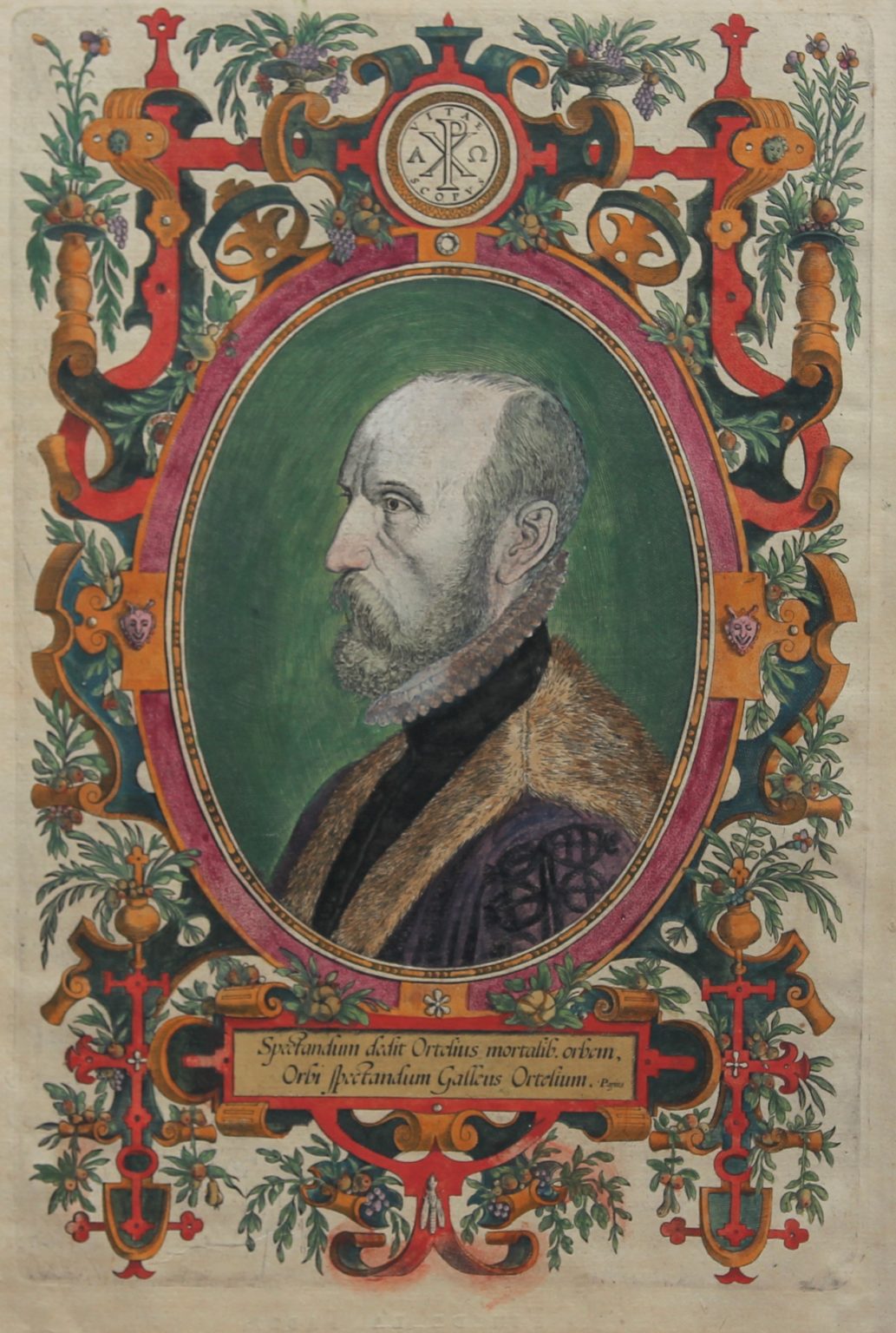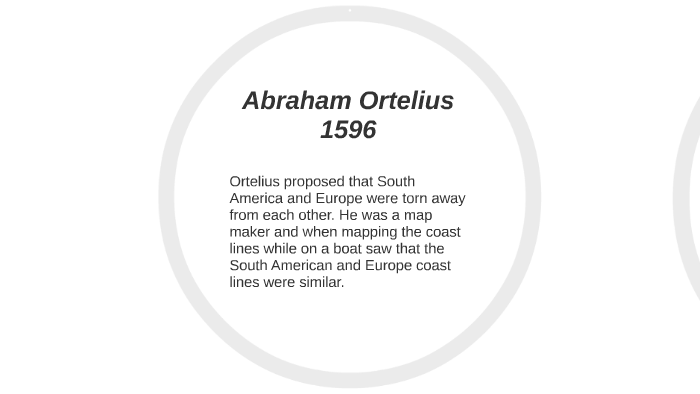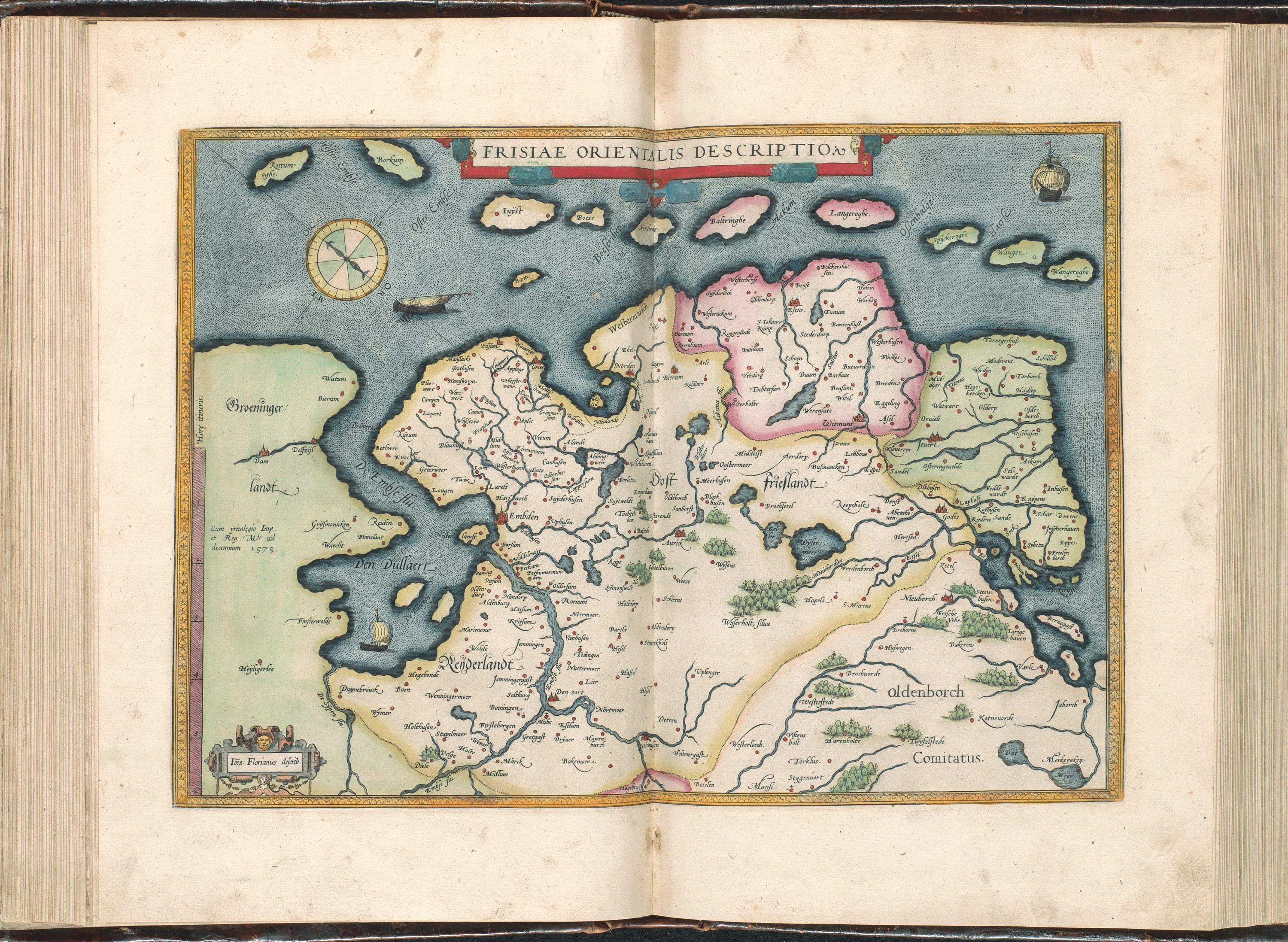

This would explain one, but only one, mountain building episode between any pair of continents it failed to account for earlier orogenic episodes. First, it had been shown that floating masses on a rotating geoid would collect at the equator, and stay there. As late as 1953 – just five years before Carey introduced the theory of plate tectonics – the theory of continental drift was rejected by the physicist Scheiddiger on the following grounds. And it did not help that Wegener was not a geologist. One problem was that a plausible driving force was missing. While it is now accepted that the continents do move across the Earth’s surface – though more in a driven mode than the aimlessness suggested by “drift” – as a theory, continental drift was not accepted for many years. Striations indicated glacial flow away from the equator and toward the poles, in modern coordinates, and supported the idea that the southern continents had previously been in dramatically different locations, as well as contiguous with each other. The continuity of glaciers, inferred from oriented glacial striations and deposits called tillites, suggested the existence of the supercontinent of Gondwana, which became a central element of the concept of continental drift. Widespread distribution of Permo-Carboniferous glacial sediments in South America, Africa, Madagascar, Arabia, India, Antarctica and Australia was one f the major pieces of evidence for the theory of continental drift. It was this temporary feature which inspired Wegener to study what he defined as continental drift, although he did not live to see his hypothesis become generally accepted. In millions of years, slab pull and ridge-push, and other forces of tectonophysics will further separate and rotate those two continents.

The complementary arrangement of the facing sides of South America and Africa is obvious, but is a temporary coincidence. Some earthworm families are found in South America and Africa, for instance. There is also living evidence - the same animals being found on two continents. The fossils of Mesosaurus, a freshwater reptile rather like a small crocodile, found both in Brazil and South Africa, are one example another is the discovery of fossils of the land reptile Lystrosaurus from rocks of the same age from locations in South America, Africa, and Antarctica.

Similar plant and animal fossils are found around different continent shores, suggesting that they were once joined. Evidence for continental drift is now extensive. For more details on this topic, see Plate tectonics. Evidence that continents ‘drift’ Fossil patterns across continents. The Polfluchthypothesis was also studied by Paul Sophus Epstein in 1920 and found to be implausible. His suggestion that the continents had been pulled apart by the centrifugal pseudoforce of the Earth’s rotation or by a small component of astronomical precession was rejected as calculations showed that the force as not sufficient.

Although he presented much evidence for continental drift, he was unable to provide a convincing explanation for the physical processes which might have caused this drift.


 0 kommentar(er)
0 kommentar(er)
